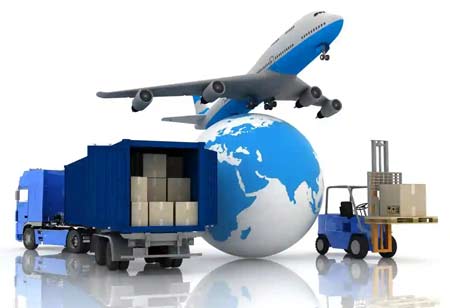THANK YOU FOR SUBSCRIBING
THANK YOU FOR SUBSCRIBING

By
Logistics Transportation Review | Friday, June 30, 2023
Stay ahead of the industry with exclusive feature stories on the top companies, expert insights and the latest news delivered straight to your inbox. Subscribe today.
Specialized handling, storage, shipping, and monitoring of goods susceptible to temperature changes are called temperature-controlled logistics.
Fremont, CA: Many items are susceptible to temperature changes, and to preserve their quality, the whole supply chain must adhere to rigorous temperature control regulations. For instance, perishable foods and certain chemicals must be stored and transported within particular temperatures to prevent rotting, deterioration, or loss. Temperature-controlled logistics guarantee that goods reach their destination in the proper condition while maintaining their quality.
What is temperature-controlled logistics?
Specialized handling, storage, shipping, and monitoring of goods susceptible to temperature changes are called temperature-controlled logistics. Stringent temperature control is required to preserve the quality, safety, and effectiveness of these items across the whole supply chain, from manufacture to distribution and consumption.
Depending on the needs of the individual products, temperature-controlled logistics entails a variety of activities and technologies intended to maintain specific temperature conditions for products, typically within a particular range of temperatures, such as refrigerated (2-8°C), frozen (-20°C to -80°C), or controlled room temperature (15-25°C). Pharmaceuticals, vaccines, biologics, perishable foods, chemicals, and some medical equipment are typical examples of things that are sensitive to temperature.
Why is temperature-controlled logistics necessary?
For several reasons, temperature-controlled logistics is an essential link in the supply chain. It primarily ensures the quality and security of goods that are highly susceptible to temperature variations. Perishable foods, medications, vaccinations, specific medical equipment, and chemicals are a few of them. Temperature-controlled logistics ensure that these goods arrive at their destination in perfect shape, free from any degradation or damage, by maintaining the proper temperature throughout the supply chain.
Furthermore, maintaining temperature-controlled logistics is essential for regulatory compliance. Strict rules and specifications for the handling, storing, and transiting some temperature-sensitive goods have been enforced by governmental organizations, including the FDA, CDC, WHO, and other regional or worldwide regulatory authorities. Compliance with these rules is essential to fulfill legal and regulatory requirements, avoid fines, penalties, or legal repercussions, and protect the company's brand and integrity.
Finally, consumer happiness and brand reputation are significantly impacted by temperature-controlled logistics. When it comes to receiving temperature-sensitive goods, customers have high expectations. Thus, they must do so in perfect condition. Customers ' pleasure, loyalty, and confidence increase when items are supplied securely and to a high standard, thanks to appropriate temperature control procedures.
For the handling of temperature-sensitive items, temperature-controlled logistics are crucial. Maintaining product quality and safety while adhering to regulatory standards, assuring customer happiness, and building brand reputation requires specialized infrastructure, technology, training, and rigorous adherence to procedures.
I agree We use cookies on this website to enhance your user experience. By clicking any link on this page you are giving your consent for us to set cookies. More info





